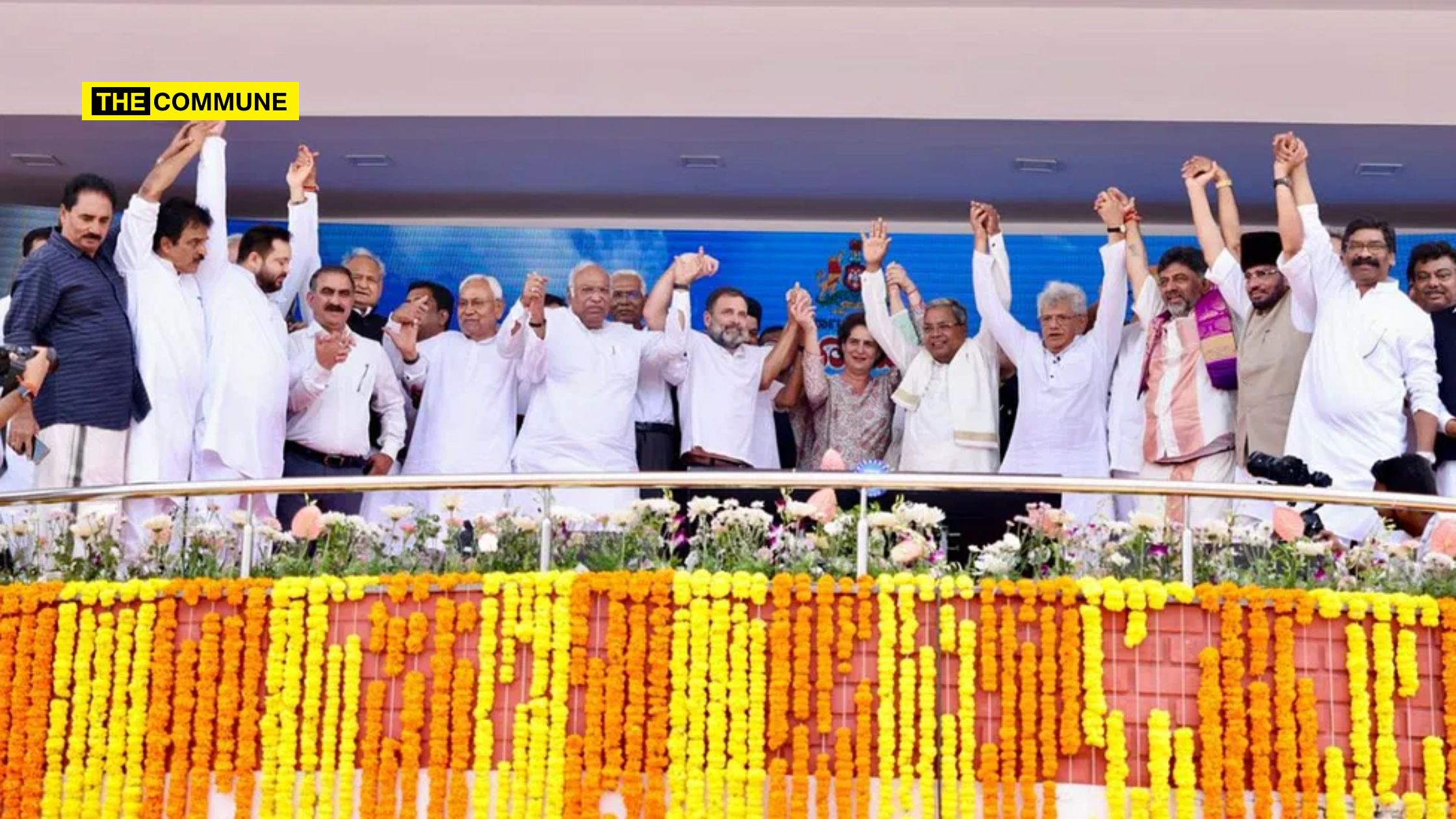
In the realm of Indian politics, the concept of opposition unity has often been discussed and debated. The idea of various opposition parties coming together to form a formidable front against the ruling party seems enticing, but is it truly feasible? In this article, we delve into the numbers and statistics to shed light on why opposition unity may simply be a mirage.
One cannot ignore the strikingly low strike rate of the Congress party, which stands at a meager 12.29%. In contrast, several other parties within the opposition have achieved much higher strike rates, with some even commanding over 90%. In light of this, it becomes questionable whether the Congress party can demand the largest share of the opposition space when there are other parties that have performed significantly better in recent elections.
However, the big question remains – Is the Congress Party even willing to listen? It appears that even divine intervention might not be enough to bring about a change in their approach.
With this in mind, we will present a series of research-based data analytics that will illustrate the impossibility for the Congress party to compete in 423 seats, as they did in the 2019 elections.
To begin with, let’s categorize the seats based on regions to gain a broader understanding before delving into the specifics. Here is how we would split India into regions:
South of Vindhyas: 130 seats
Western Region: 78 seats
Eastern Region: 63 seats
North East Region: 25 seats
Northern Region: 46 seats
Hindi Heartland: 199 seats
Islands of Andaman & Lakshadweep: 2 seats
Total: 543 seats
Next, let’s focus on sequencing based on the nature of the contests. We will consider the following:
- Direct Fight Seats (DF): These are seats in states or regions where there is a direct contest between the Congress and BJP, with marginal presence of other parties. Total: 137 seats (BJP won 125 seats, Congress won 8 seats)
- BJP vs. Regional Parties (BJP vs. RP): Seats where Congress is a peripheral player but still involved in the electoral battle. Total: 143 seats
- BJP-led alliance vs. Regional Parties-led alliance (part of UPA with Congress as a junior partner). Total: 142 seats
- Tri-Polar Contests: Seats where both the BJP and Congress are still significant players, although these contests could potentially become bipolar in the future. Total: 65 seats
- Contests between Regional Parties: Seats where neither the BJP nor Congress holds a significant stake. Total: 28 seats
- Congress Fights its National Allies: Seats where Congress competes against its own national allies, while the BJP remains a peripheral player. Total: 20 seats
- Other Fights: Remaining seats that do not fit into the above categories. Total: 8 seats
By conducting diligent research based on the parties contesting, their winning margins, and other relevant factors, we can gain a better understanding of the overall political landscape.
In the 2019 elections, the Congress party contested in 423 seats but managed to win only 52 seats, resulting in a strike rate of 12.29%. On the other hand, the BJP contested in 437 seats, achieving a significantly higher strike rate of 69.33%.
These figures clearly highlight the challenges the Congress Party faces in securing a substantial presence in Indian politics. While opposition unity might seem like an appealing idea, it is crucial to analyze the ground realities and understand the strengths and weaknesses of each party.
In conclusion, the illusion of opposition unity becomes apparent when examining the strike rates, contesting patterns, and electoral dynamics of various parties. The Congress Party’s struggle to maintain a significant presence coupled with the stronger performances of other opposition parties raises questions about the feasibility of a united opposition front. It is imperative for political observers, analysts, and party strategists to critically assess the numbers and make informed decisions based on empirical evidence rather than wishful thinking.
Sreeram JVC is a political strategist, author and a public speaker.
Click here to subscribe to The Commune on Telegram and get the best stories of the day delivered to you personally.




